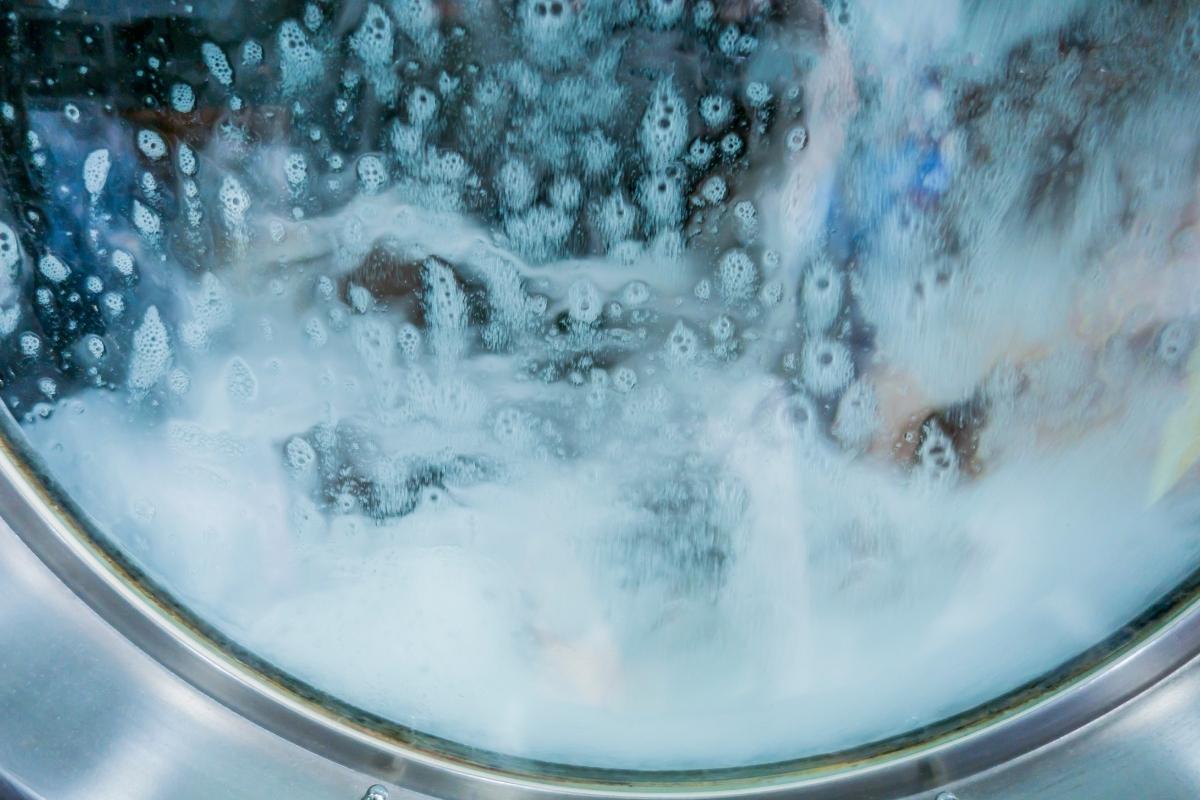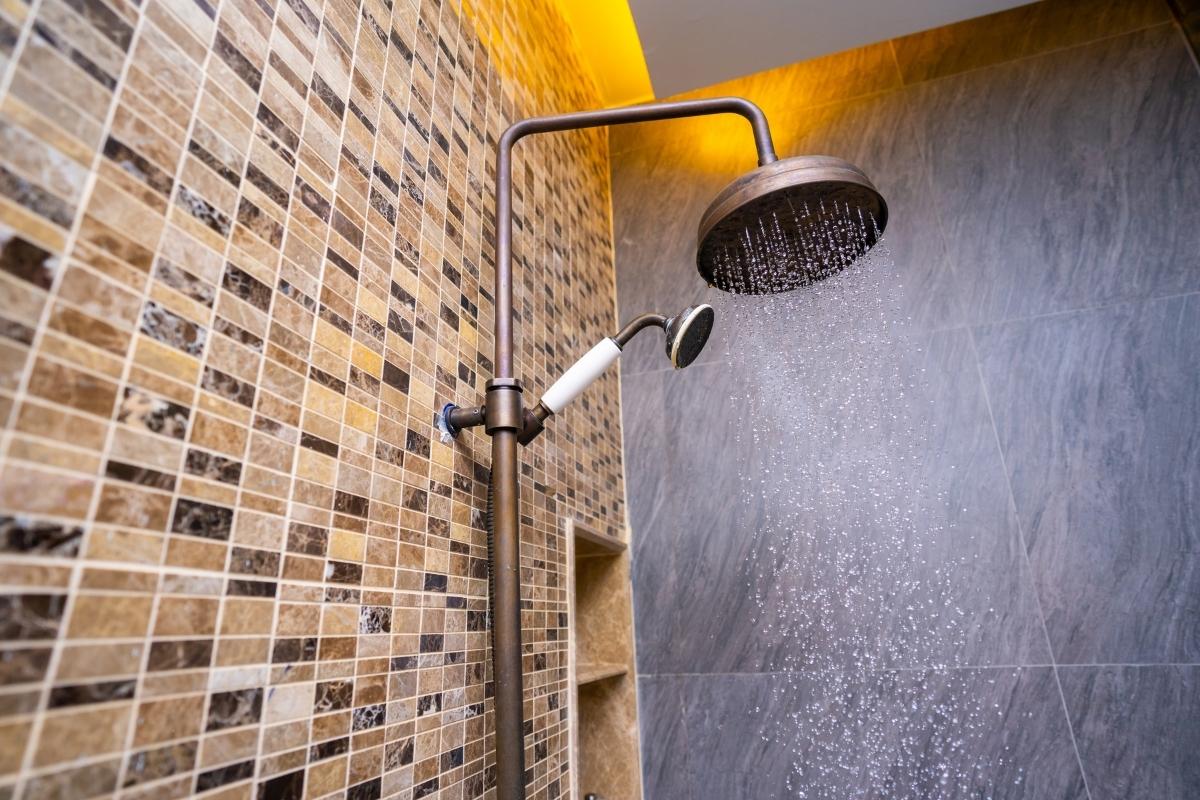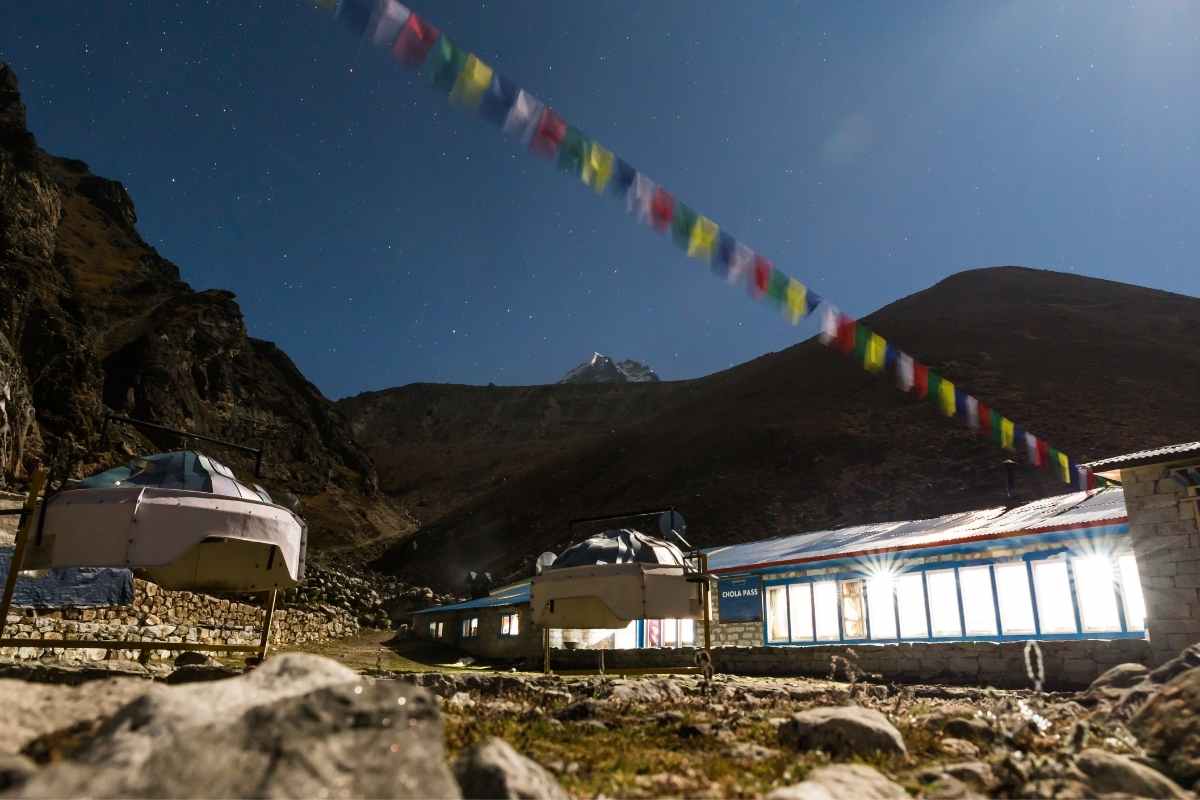Toilets and Bathrooms on Manaslu Circuit Trek

When travelling to Manaslu, you never know when you'll need to use the restroom. Don't worry, there are plenty of spots in the wilderness to relieve yourself.
Jokes aside, don't just run it off in the open. First, look for nearby toilets in a teahouse or village. If there is no way to get to these locations, we will leave the decision to you.
Throughout the walk, we stay in excellent hotels and guesthouses. Toilets and bathroom facilities will be available in all guesthouses. But don't expect to have as best bathrooms as you do at home.
Recall that the Manalsu region is still a remote area. As a result, bringing toilet paper, wet wipes, and sanitisers is always a smart idea. In addition to amenities, bring a toothbrush and toothpaste, dry facial wash soap and shampoo, and a quick-dry towel.
Most of the guesthouses over 2500m on the Manalsu Trek route have squat toilets. Western commodes, on the other hand, may be found at low altitudes.
Squat toilets are not the same as regular toilets. If you have never heard of it, it may be a new experience for you. To use it, you must be in a squat position rather than sitting.
Most of these toilets require manual flushing and come with a water bucket for cleaning. If you are not comfortable washing with water, you can use toilet paper.
Tips for Squat Toilet for Manalsu Circuit Trek

For most Westerners, using a squat toilet is a completely new experience. Those who dwell outside of locations where these toilets are the primary option are aware of the unusual shape and method of use.
So, here are some pointers for utilizing squat toilets.
- To begin, pour some water from the bucket onto the toilet surface to clean it.
- Empty your pockets before squatting to prevent items from falling into the toilet opening.
- Face the correct way, towards the squat toilet's hood.
- If possible, put yourself closer to the hood.
- Simply lower your pants to your ankles.
- Squat and support yourself by hugging your knee.
- Once in the squat position, relax and let nature take its course.
- Many restrooms in the Manalsu region may not use toilet paper, instead of a pot of water and your hand.
- You can also bring toilet paper with you to clean it up. Also, wet wipes will work.
- After using a squat toilet, properly dispose of the toilet paper.
- Use the provided water bucket to flush any waste into the toilet.
What about laundry service in Manaslu Circuit Trek?

There is a laundry facility at Soti Khola, but there is no laundry service accessible for trekkers above Soti Khola. The temperature lowers to - 0° C at higher elevations, making it too cold to wash many of the trekkers' clothes; also, they lack the appropriate power supply to run washing machines.
Using the same trekking clothes is preferable to washing because it takes a long time to dry the clothes. If you want clean and fresh-smelling cloth, you can wash your own clothes and socks in cold water. In addition, every teahouse features a sink. If you only need to wash the tiny equipment, you can do so in the sink. The water could be icy. Remember to protect your skin as well.
Always have enough cloth in your backpack. Sweat causes clothes to stink quickly. However, if you have enough, you can change them on a regular basis.
Are there shower facilities on the Manaslu Circuit Trek?

Don’t worry! Almost 70% of the tea houses or lodges have a facility of a hot shower. The guesthouses do not offer them with a room; instead, they charge an additional fee to utilize the hot showers. In the lower region like Soti Khola, Machha Khola, Jagat and Besisahar trekkers can easily get a hot bucket shower or hot tap shower facility at a cheap price. But the more you ascend higher above Deng or Namrung, the more expensive is the hot shower. In higher elevated destinations like Dharmasala, is challenging to get running water so you may not find a shower facility.
You can use tap water to wash your hands and legs. Taps can be found in each of the guesthouses where we stay. Still, the tap water sometimes freezes because of the extreme cold, like in Samagaon and Dharmasala.
Because of the cold, it is not possible to bath or wash daily as it increases the chance of getting cold. So, we recommend you bring wet wipes and dry shampoo to make yourself look clean without bathing on Manaslu Circuit Trek.
When trekking to Manaslu during peak seasons, the demand for showers is high, making it difficult to meet all needs. The tap water freezes throughout the winter season, and there is no way to take a shower. Trekkers who do not wish to increase their expenses can take a cold shower at the Manalu Circuit Trail.
In the end,

Do not have high expectations for the toilets and showers along the Manaslu Circuit Trek Route.
The Manaslu region is a remote section of the Himalayas. The area still doesn’t have road access, and it’s very difficult to carry items to the top. Above 3000 m, there are no good electricity facilities.
Most villages in the lower section have bucket showers or tap showers; yet, trekkers have trouble maintaining personal hygiene and sanitation due to a lack of water due to cold temperatures at higher altitudes. Trekkers can take hot showers after charging some price to stay fresh, healthy, and clean. The cost of a shower varies from one tea house to the next, or from one region to the next.
Although the residents do their best to provide great restroom facilities for visitors, you may be disappointed if you have high expectations of a luxurious lifestyle.
Always consult with The Himalayan Odyssey experts if you have any queries; we are always at your service. Thank You!







